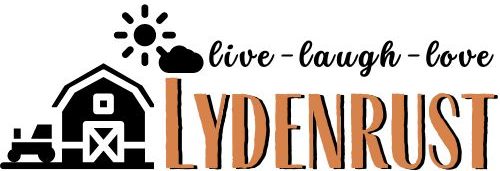To an ordinary South African like myself, this question is quite ludicrous! Who on earth wouldn’t know? But alarmingly I found it to be a very popular question on good old Google and as I live a mere sixty minutes away and have spent a large part of my life enjoying its wildlife, I thought I should let you all know the answer to “what is the Kruger National Park?” After all, it is world-famous and to me personally, my happy place
KRUGER HISTORY IN A NUTSHELL
Way back in 1898 the Sabie Game Reserve was founded by Paul Kruger as a place where hunting could be controlled and the preservation of wildlife be a priority. Trading in ivory, horns and animal skins in the day had created a destructive path for Africa’s wildlife and something needed to be done to ensure their future on our earth.
With the Anglo-Boer War following right behind Kruger’s establishment of the reserve, plans were put on hold for a few years, resuming late 1902 under the leadership of the warden, James Stevenson-Hamilton.
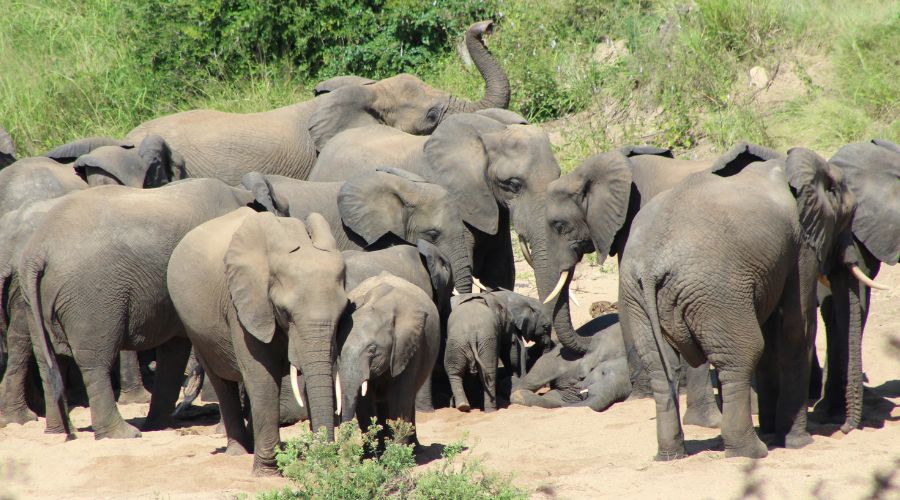
Fast forward over 20 years when the park joined up with other land, namely the Shingwedzi Reserve and private farms, and was renamed the Kruger National Park. It now covered nearly 2 million hectares (4,9 million acres) roughly the same size as the country of Israel.
And so it was that in 1927, the first tourists visited the park and the Kruger National Park we know and love today, was born.
Now almost 100 years later, it is the largest game reserve in South Africa and part of the Great Limpopo Transfrontier Park, a peace park that links Kruger National Park with the Gonarezhou National Park in Zimbabwe, and with the Limpopo National Park in Mozambique. It proudly greets over 1 million visitors per year.
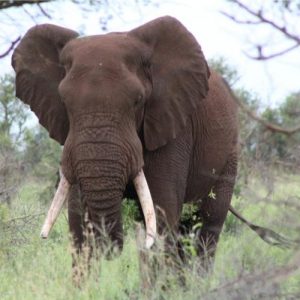
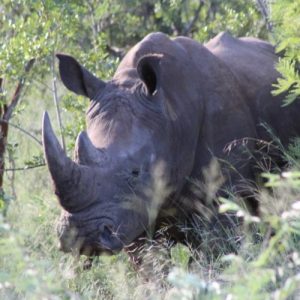


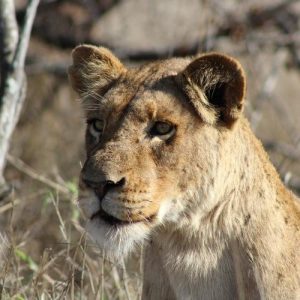
THE BIG 5
Africa’s Big 5 in wildlife are the Lion, Leopard, Rhino, Elephant and Buffalo. These are also depicted on our ZAR bank notes. The term originally came from hunters who named the most difficult animals to hunt on foot as “The Big 5”.
Today visitors to the park will have a “bucket list” and nine times out of ten, will go in search of these five animals. I myself am one of these visitors, the thrill of the “hunt” to capture these beautiful mammals either on film or visually through my binoculars. Never knowing what lies beyond the next turn in the road and that moment when you land the perfect shot…. through the lens of your camera of course!
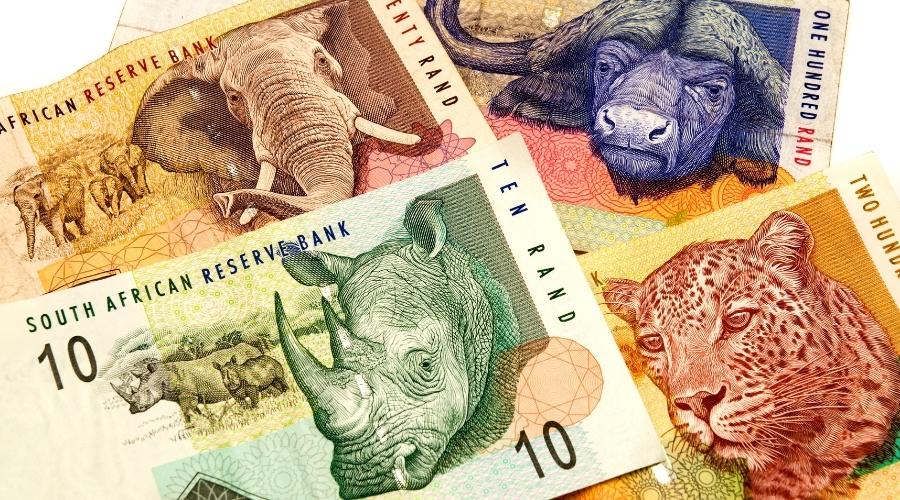
Please note that all visuals I include here are my own, taken with my aging Canon, nothing fancy but superb memories in the park.
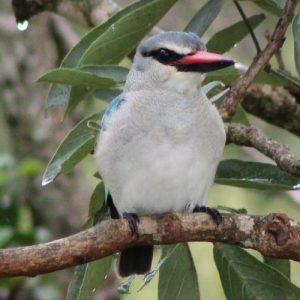
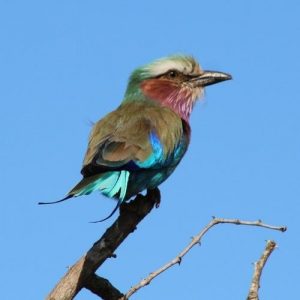
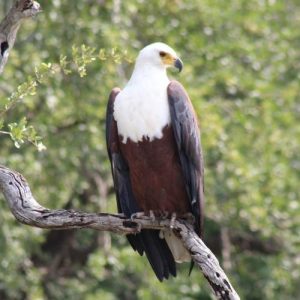
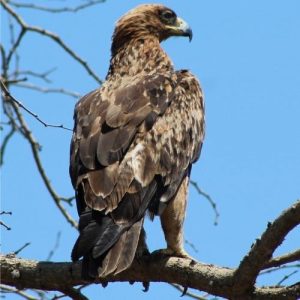
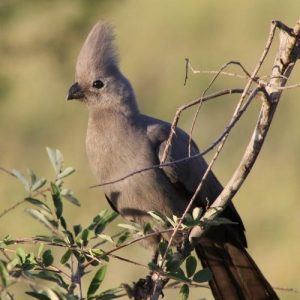
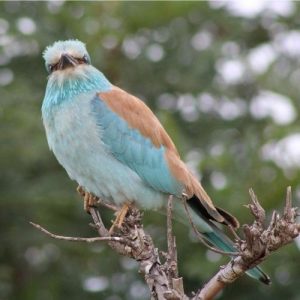
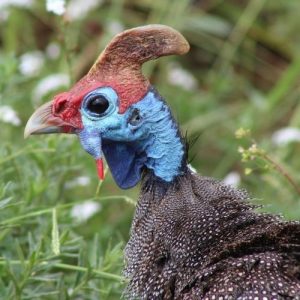
A TYPICAL DAY IN THE PARK
With almost 150 species of animals and 120 of reptiles, as well as over 500 bird species to be found in the Kruger National Park, there is no shortage of wildlife.
Camp gates open just before sunrise and close at sunset all year round. Obviously summer days are longer. They are also hotter and it is vital you make use of the earliest exit from camp. This is prime game spotting time, particularly the big cats who don’t like the heat.
Many a morning I have stumbled out of bed into my vehicle, flask of coffee in hand and set out of the gate in pole position! The rewards are endless, leopard, lion and cheetah slinking around after a night prowling and hunting, about to find a cool place to nap for the day. Hyena making moves on a pride of lion on a kill. A pack of Wild Dog coming in for the taking. The mornings always deliver.
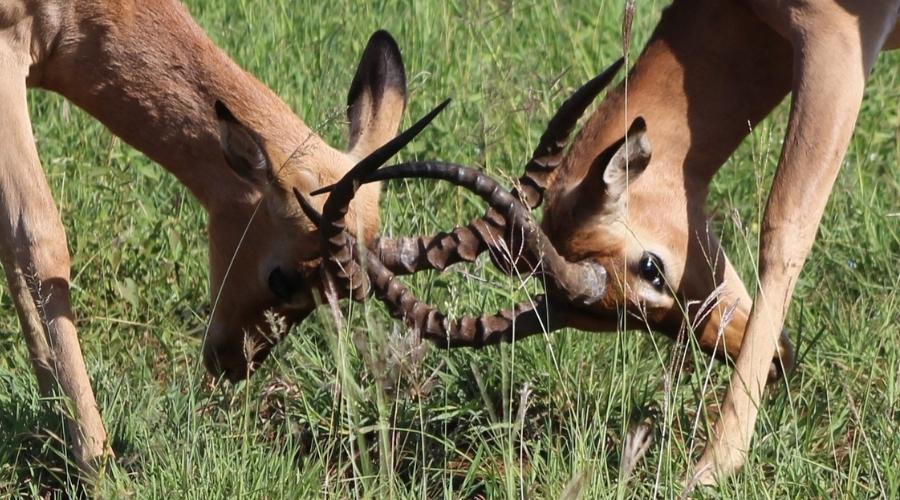
Having packed my vehicle with snacks and other necessities, I am set for an entire day out. I will have an idea of my route, made the night before. There are many side roads and I prefer to stick to the dirt roads instead of the tar. In the heat of the day when the animals are hiding in the shade of a Sausage Tree, I am happy to sit in my vehicle next to a waterhole or on the edge of a river and watch for animals coming down to drink.
A number of hides – a small, fairly secure, open thatched outlook – can be found around the park and these are great for bird watching. Time your travel to reach one of these at midday for a little respite from the car. There’s nothing better than the call of the African Fish Eagle. Birders will get stuck there for hours!
Late afternoon will see the animals starting to move again. Large herds of elephant and buffalo will be making their way to the rivers. Plains animals such as antelope, zebra and wildebeest will be emerging from the shadows. The cats will soon come out to play. Excitement awaits.
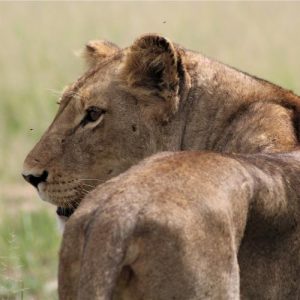
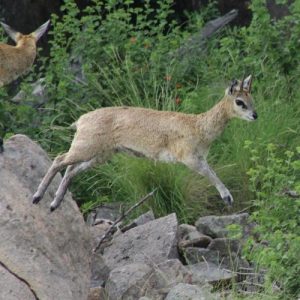
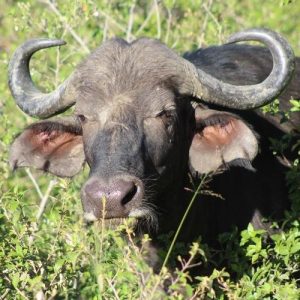
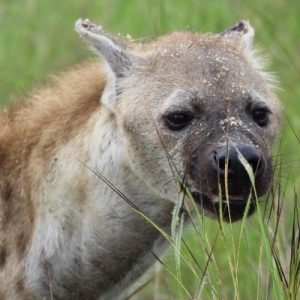

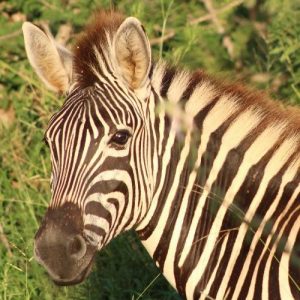
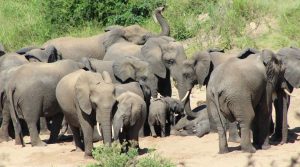
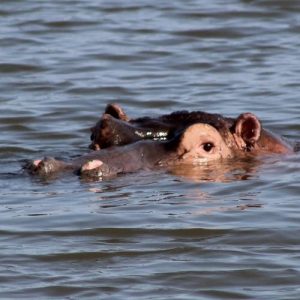

As you settle back into your camp for the night and prepare your fire for your BBQ (or braai as we call it in South Africa) you will hear the roar of a lion, the whoop whoop of a hyena, the howl of a jackal around your camp. Bats and bush babies emerge as darkness creeps in. Small creatures will scurry around in camp and the odd devilish honey badger may raid your trash bin. It’s simply magical and as you climb into bed, may you have sweet dreams of Africa.
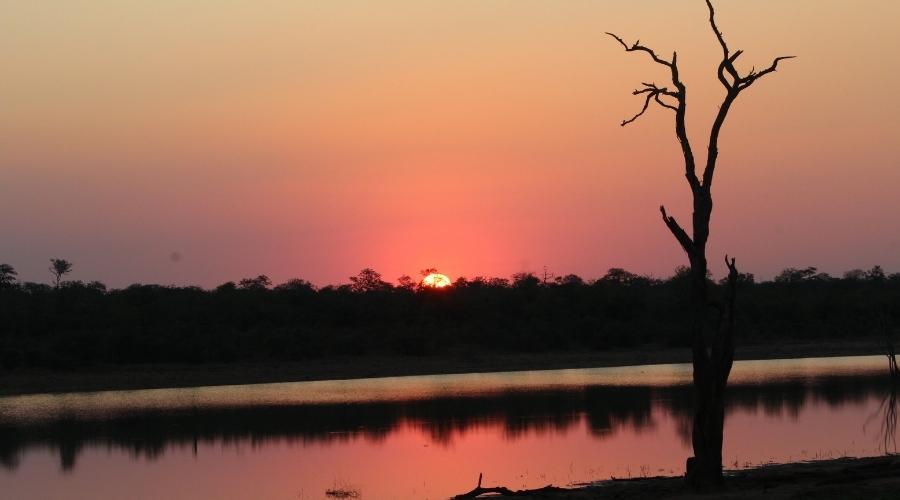
ORGANISED OUTINGS
For newbies, on entering the park the first thing you will arm yourself with is a map. You need to quickly learn to read distances and work out travel time (obviously very slow speeds) to ensure you reach pit stops and camp sites before cut off times. You are not allowed to travel at night unless on a guided night safari which is arranged out of most camps.
Excursions offered include a morning or night drive in an open safari vehicle which really is a must. Also consider a 2-hour early morning walk with an armed guide at your side. This is real excitement.
OTHER "5'S" TO BE ON THE LOOKOUT FOR

THE BABY 5
The Big 5 toddlers! Lion cub, Leopard cub, Rhino calf, Elephant calf and Buffalo calf. In fact baby anything counts in this category as they are all a cuteness overload.
THE LITTLE 5
Running alongside the Big 5 and far more difficult to spot are the Little 5, animals, birds or insects that have the same partial common name as the animals in the Big 5 group.
These include Ant Lion, Leopard Tortoise, Rhino Beetle, Elephant Shrew, Red-billed Buffalo Weaver.
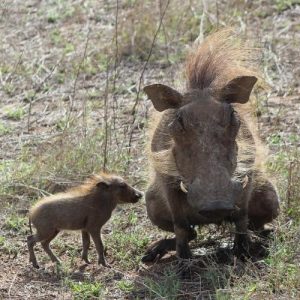

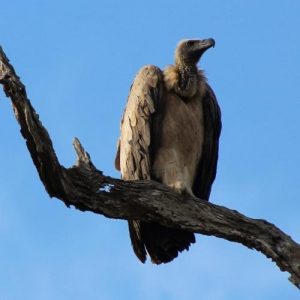


THE UGLY 5
Warthog, Wildebeest, Vulture, Marabou stork, Hyena
THE SHY 5
Porcupine, Bat-eared fox, Aardvark, Meerkat, Aardwolf
MY PERSONAL FAVORITES
Cheetah and African Wild Dog
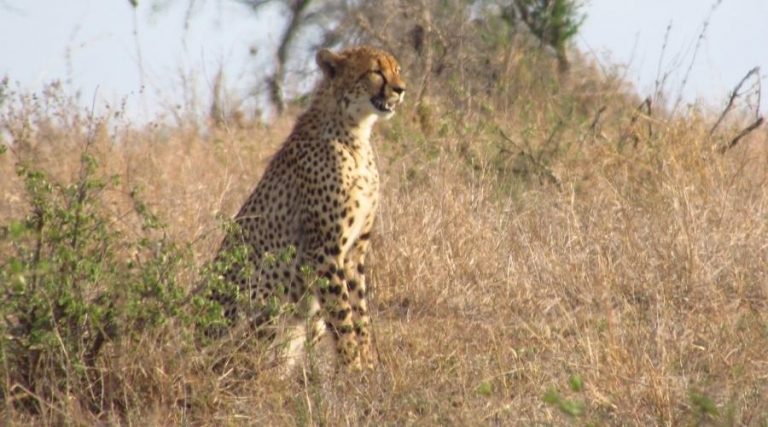

CONCLUSION
My answer to your question “What is the Kruger National Park”?
It’s a magical place, some call it “the best place on earth”.
It’s stifling hot in summer, but you endure, all the time with a smile on your face.
You cannot get out your vehicle so you develop wonderful mastering skills for that moment when you just have to go!
It is not a zoo, it’s the untamed African bushveld. You search for your animals, they are not laying in an enclosure. They have 2 million hectares to call home.
Kruger never disappoints and I will try my best to keep you entertained with a few of my favourite visits and encounters.
Until next time
Ali x

